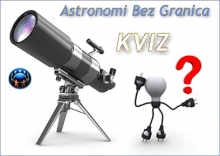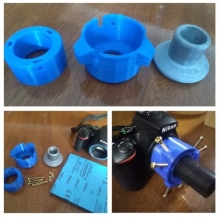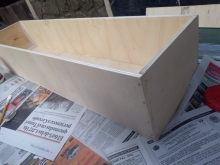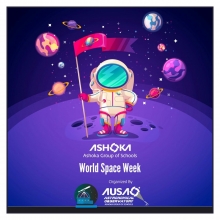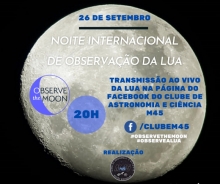 For GAM2015 we are running a special Globe at Night campaign with the aim to collect two very important and specific types of data.
For GAM2015 we are running a special Globe at Night campaign with the aim to collect two very important and specific types of data.
The first is data from locations that have not been tested in 5 years. You can see these points on this map. It shows 5,000 locations on Earth where someone made an observation in the past but there hasn't been a new observation within the last five years. If you can make an observation near to one of these points (or if you have a friend who lives close to one of them), it would be extremely helpful.
The second important data we aim to collect is data form locations that have never been tested. Take a look at the maps here and see if there is a location near you that does not show up on any of these maps. You can zoom in on the maps to see even more detail.
If you travel at all during April, make sure to check the maps in case you pass through a location that we need studied, and if you can, take some measurements while you are there.
With your help we can fill in the gaps and have a completely up to date set of data for the whole world!
If you live in a location that has been tested recently, that is OK, your data will still be useful so please still take measurements as everything helps.
Globe at Night now offers 4 ways to measure night-sky brightness:
- The traditional method of matching what you see toward a constellation with star charts;
- The use of a handheld digital device called a Sky Quality Mater (SQM);
- The use of the Loss of the Night app on Android phones, which asks you to find certain stars as a measure of star visibility; or
- The use of the Dark Sky Meter app on iPhone 4s/iPhone 5, which uses the phone's camera to measure night sky brightness.
The easy steps to participating in the campaign are listed at here.
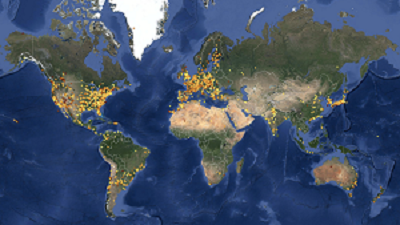 Globe at Night holds an abundance of background information, such as helpful resources and tools from finding the constellations used in the campaign, to understanding concepts like light pollution, to games that test your expertise in choosing the faintest star visible (e.g., the “limiting magnitude”). “Dark Skies Rangers” activities used in grades 4-14 provide a foundational basis for and extensions to the Globe at Night campaign. You can also explore the last 9 years of data with our interactive map. Or use our “map app” to see how your city or any area in the world did this year or how it has changed over time. Or you can compare Globe at Night data with a variety of other databases, to see, for example, how light pollution affects the foraging habits of bats.
Globe at Night holds an abundance of background information, such as helpful resources and tools from finding the constellations used in the campaign, to understanding concepts like light pollution, to games that test your expertise in choosing the faintest star visible (e.g., the “limiting magnitude”). “Dark Skies Rangers” activities used in grades 4-14 provide a foundational basis for and extensions to the Globe at Night campaign. You can also explore the last 9 years of data with our interactive map. Or use our “map app” to see how your city or any area in the world did this year or how it has changed over time. Or you can compare Globe at Night data with a variety of other databases, to see, for example, how light pollution affects the foraging habits of bats.
Since its inception in 2006, about 105,000 measurements from 115 countries have been reported. For 2015 the Globe at Night campaign is offered each month of the year. Since the Moon is a natural light bulb in the night sky we would like to avoid, the 10-day observation window each month has been chosen so the Moon will not be up at least an hour after sunset to about 10pm. The campaign dates for 2015 are: January 11-20, February 9-18, March 11-20, April 9-18, May 9-18, June 8-17, July 7-16, August 5-14, September 3-12, October 3-12, November 2-11, and December 2-11. We look forward to you joining the campaign and/or playing with the data. Enjoy!
If you are super keen, you could consider coordinating an Adopt-A-Street program in your area during the Globe at Night campaign. The aim of the Adopt-A-Street program is for people to adopt a different major or semi-major street and take measurements every mile or so for the length of the street (or for as long as they can). The grid of measurements will canvas the town, allowing for research later in comparison to wildlife, health, energy consumption and cost, among other things.
For more information and details on how to participate, visit Globe at Night.
Follow the Dark Skies Awareness blog and check out these Dark Sky Rangers Resources.
Share your experience with the world on Facebook or the Flickr group and Tweet using #GAM2015. Follow @gam_awb and @GlobeAtNight.









